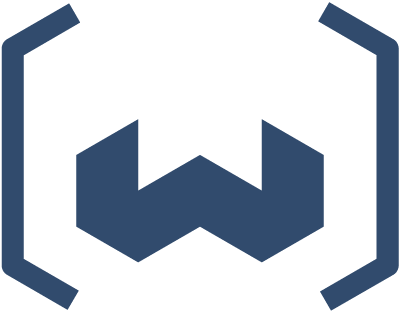Weaviate Helm Chart 
Helm chart for Weaviate application. Weaviate can be deployed to a Kubernetes cluster using this chart.
Usage
Helm must be installed in order to use the weaviate chart. Please refer to Helm's documentation on how to get started.
Once Helm is set up properly, add the repo as follows:
helm repo add weaviate https://weaviate.github.io/weaviate-helm
helm install my-weaviate weaviate/weaviateDocumentation can be found here.
Migration from older versions to v1.25.x and above
Weaviate v1.25 has brought a significant change in how we bootstrap the Weaviate cluster. We have changed the podManagementPolicy from OrderedReady to Parallel. This change is required for the Raft-based consensus model that Weaviate now utilizes under the hood. For the Raft cluster to be properly bootstrapped, all pods in the cluster must start simultaneously.
Please note that once the Raft cluster is established, rolling updates are possible. This change will only take effect during migration from versions prior to v1.25 (or when bootstrapping a new v1.25 cluster).
If you are upgrading from a version older than v1.25 to v1.25 and above, you must first delete Weaviate's Statefulset. This is a one-time operation and will not remove your data, it is necessary to make the update of Statefulset settings possible.
Detailed information can be found in the documentation.
Upgrading to weaviate-helm 17.1.0
Module resource limits/requests considerations
In Weaviate-Helm version 17.1.0, the default resource limits and requests defined in the values.yml file have been removed. The previous default values were restricting the performance of some modules, making them almost unusable unless the resources.requests and resources.limits were overridden. To address this issue, we have decided to remove these limits, allowing users to define the best resource values for their specific system.
This change means that any modules deployed with default values prior to version 17.1.0 will have their resource values removed upon upgrading to 17.1.0 or above. As a result, these modules will have no constraints on memory or CPU usage. To prevent the modules from consuming all system resources, we strongly recommend overriding the modules.$MODULE.resources.requests and modules.$MODULE.resources.limits with values that best suit your system.
(for contributors) How to make new releases
- Bump chart version in
./weaviate/Chart.yaml - Create a commit
- Create an annotated tag matching the version number in Chart.yaml (prefix
with a
v, such asv1.4.3) - Push commit with
git push - Push tag with
git push origin --tags - Wait for GH Action to complete, it will create a drafted release with the packaged chart attached
- Edit the draft to include useful release notes and publish when appropriate